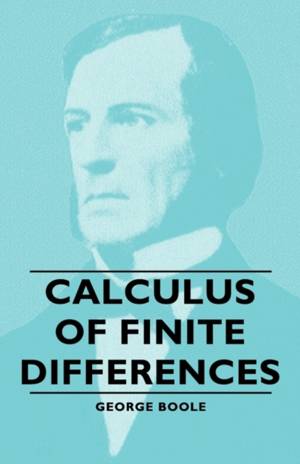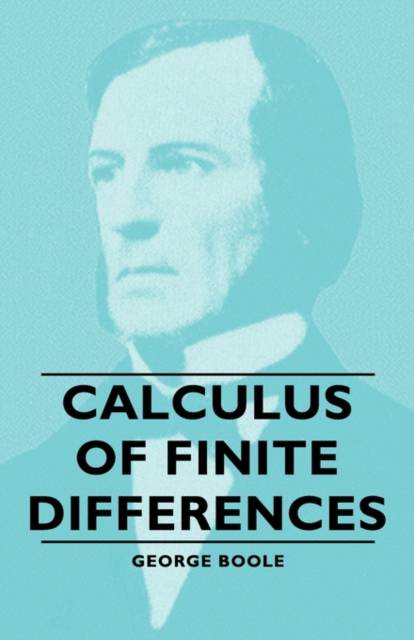
- Retrait gratuit dans votre magasin Club
- 7.000.000 titres dans notre catalogue
- Payer en toute sécurité
- Toujours un magasin près de chez vous
- Retrait gratuit dans votre magasin Club
- 7.000.000 titres dans notre catalogue
- Payer en toute sécurité
- Toujours un magasin près de chez vous
Description
When I commenced to prepare for the press a Second Edition of the late Dr Boole's Treatise on Finite Differences, my intention was to leave the work unchanged save by the insertion of sundry additions in the shape of para graphs marked off from the rest of the text. But I soon found that adherence to such a principle would greatly lessen the value of the book as a textbook, since it would be impossible to avoid confused arrangement and even much repetition. I have therefore allowed myself considerable freedom as regards the form and arrangement of those parts where the additions are considerable, but I have strictly adhered to the principle of inserting all that was contained in the First Edition. As such Treatises as the present are in close connexion with the course of Mathematical Study at the University of Cambridge, there is considerable difficulty in deciding the question how far they should aim at being exhaustive. I have held it best not to insert investigations that involve complicated analysis unless they possess great suggestiveness or are the bases of important developments of the subject. Under the present system the premium on wide superficial reading is so great that such investigations, if inserted, would seldom be read. But though this is at present the case, there is every reason to hope that it will not continue to be so; and in view of a time when students will aim at an exhaustive study of a few subjects in preference to a superficial acquaintance with the whole range of Mathematical research, I have added brief notes referring to most of the papers on the subjects of this Treatise that have appeared in the Mathematical Serials, and to other original sources. In virtue of such references, and the brief indication of the subject of the paper that accompanies each, it is hoped that this work may serve as a handbook to students who wish to read the subject more thoroughly than they could do by confining themselves to an Educational textbook.
Spécifications
Parties prenantes
- Auteur(s) :
- Editeur:
Contenu
- Nombre de pages :
- 368
- Langue:
- Anglais
Caractéristiques
- EAN:
- 9781406756647
- Date de parution :
- 14-05-07
- Format:
- Livre broché
- Format numérique:
- Trade paperback (VS)
- Dimensions :
- 140 mm x 216 mm
- Poids :
- 467 g







